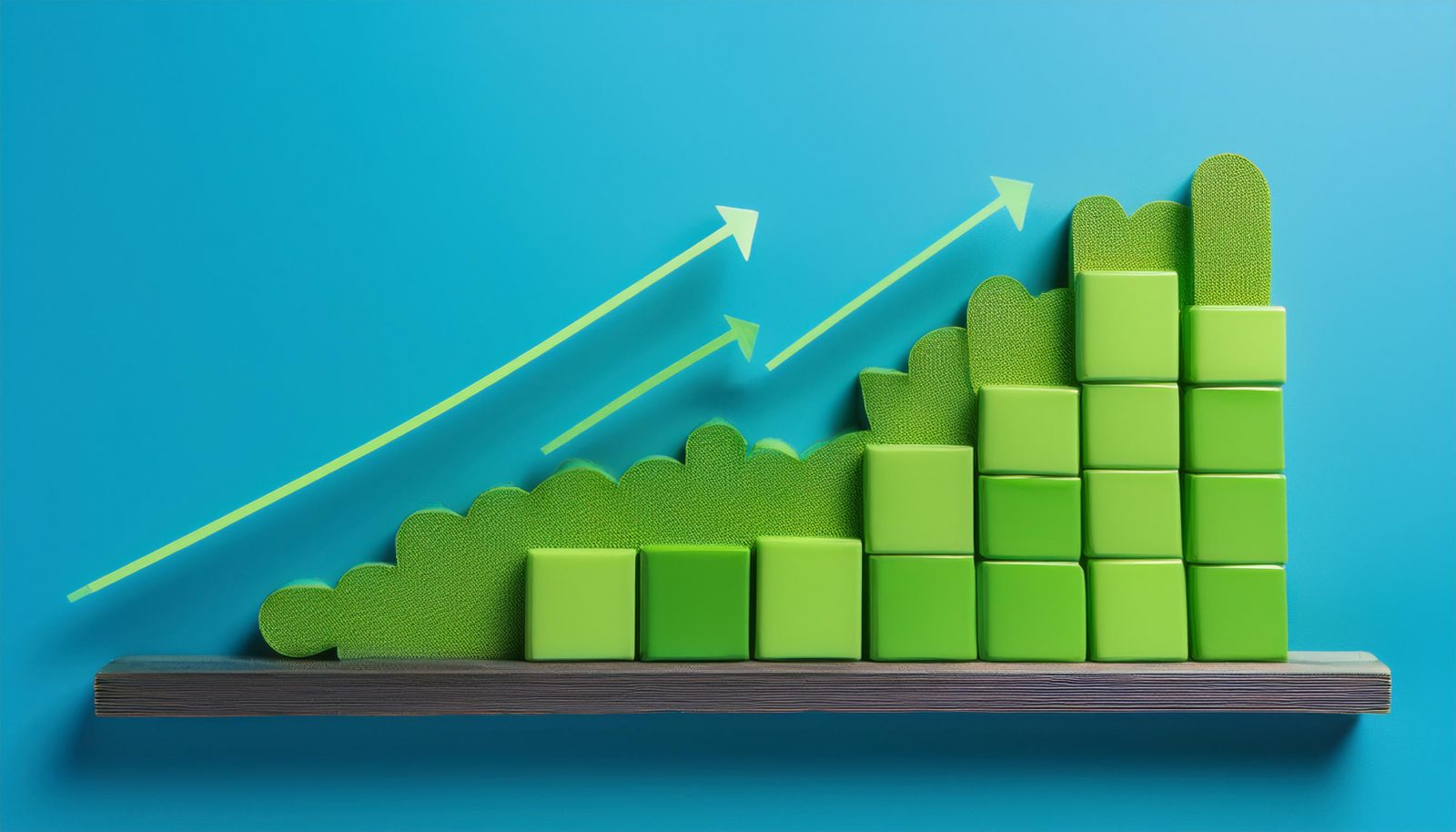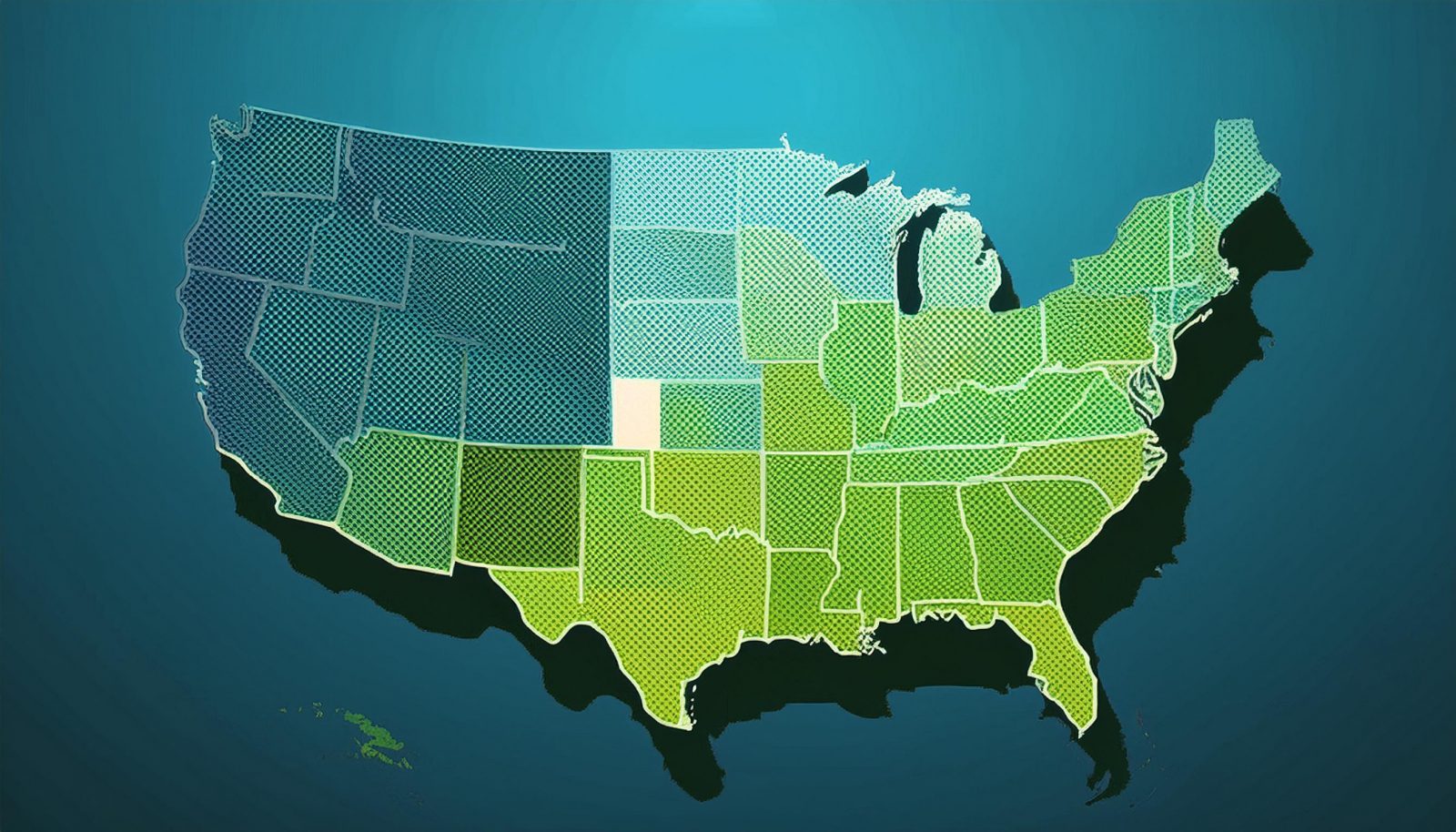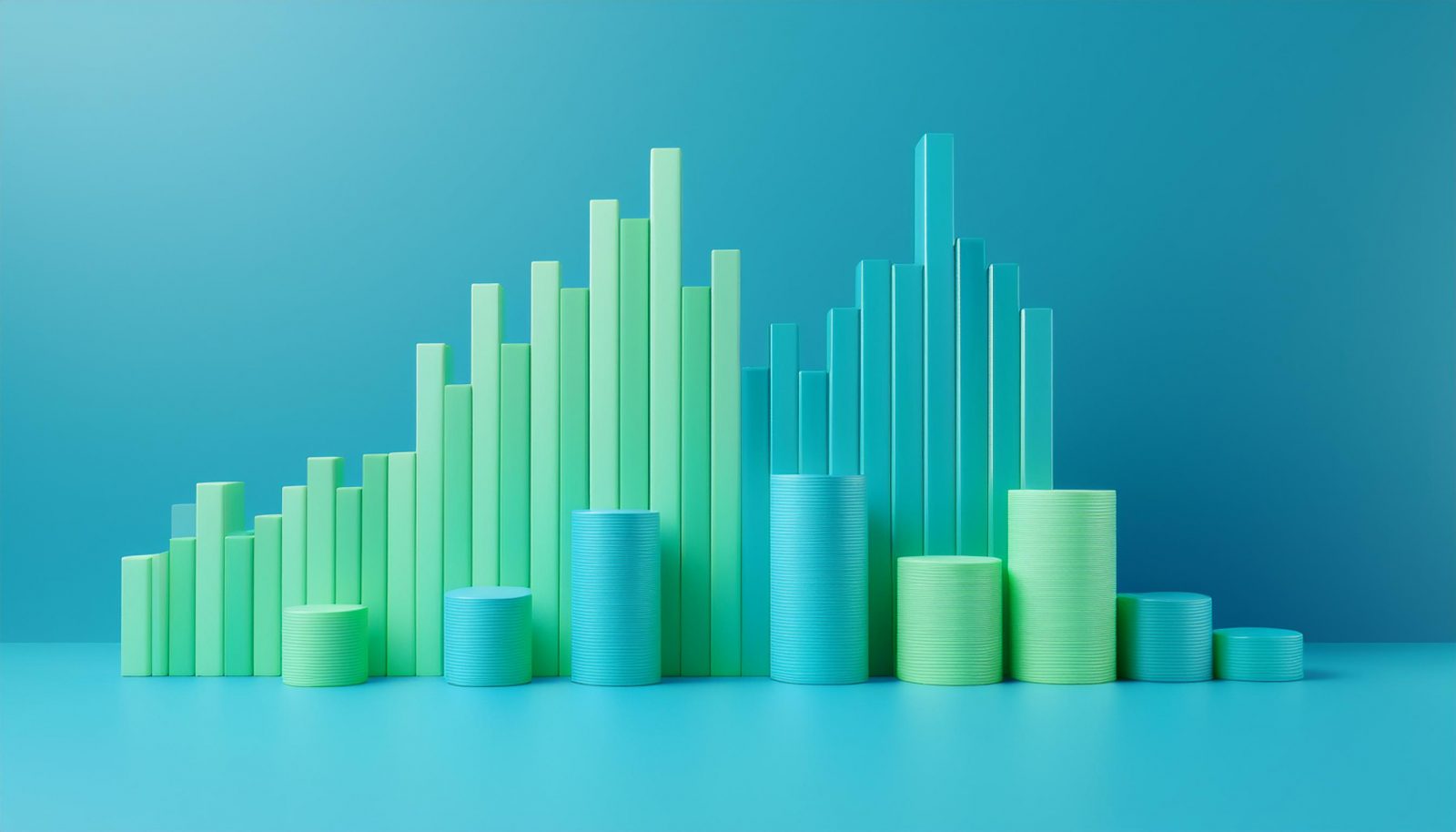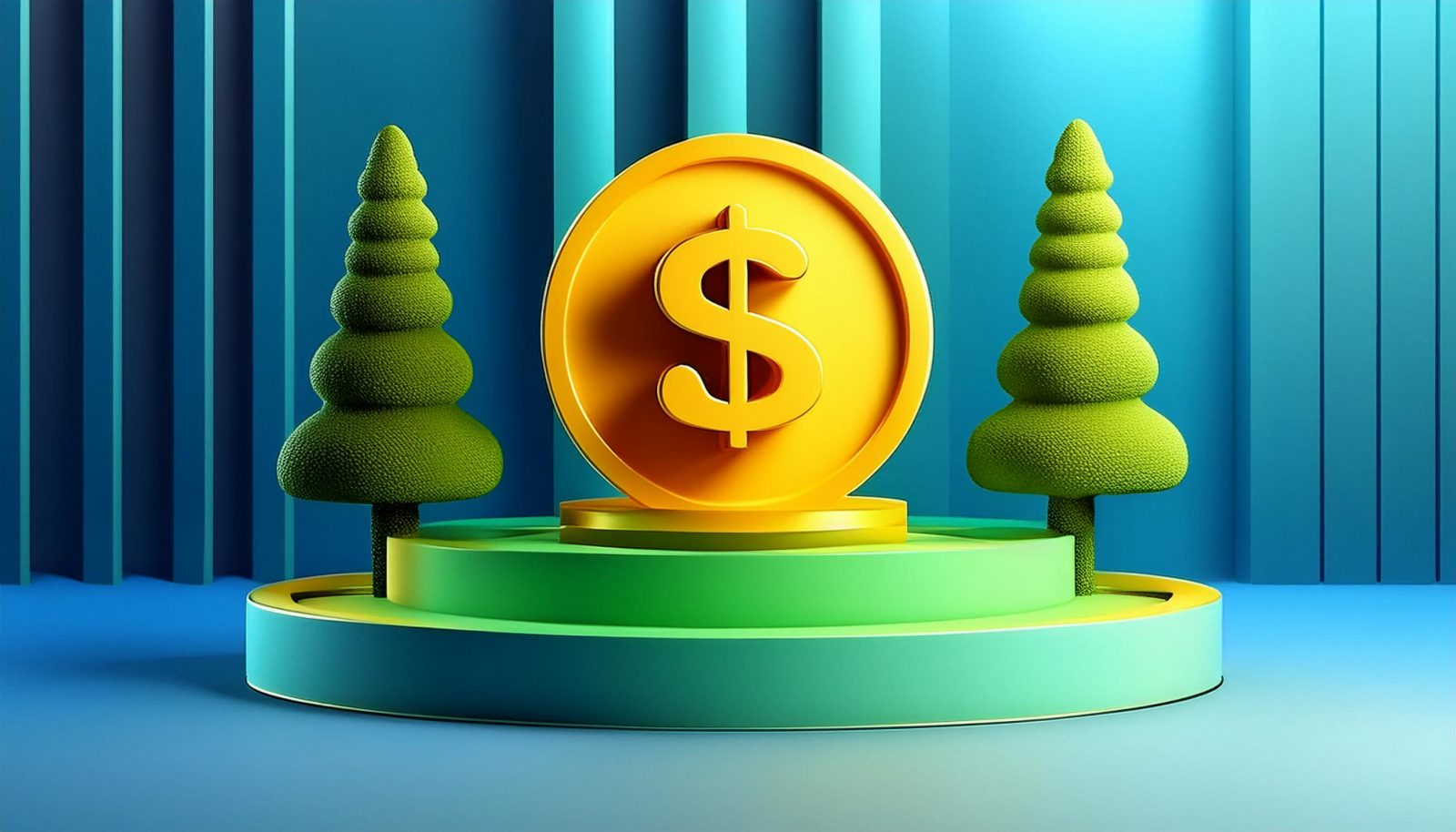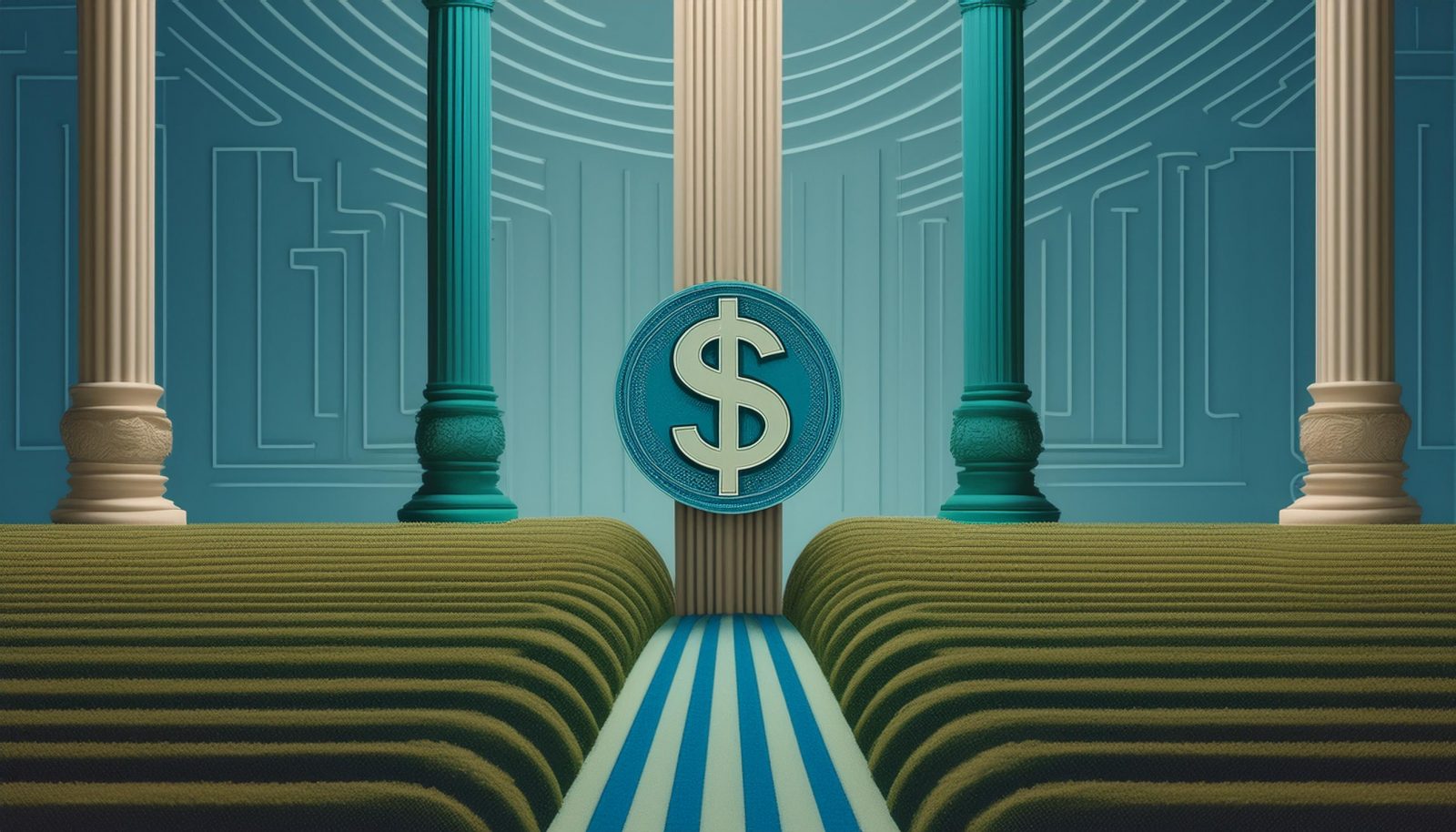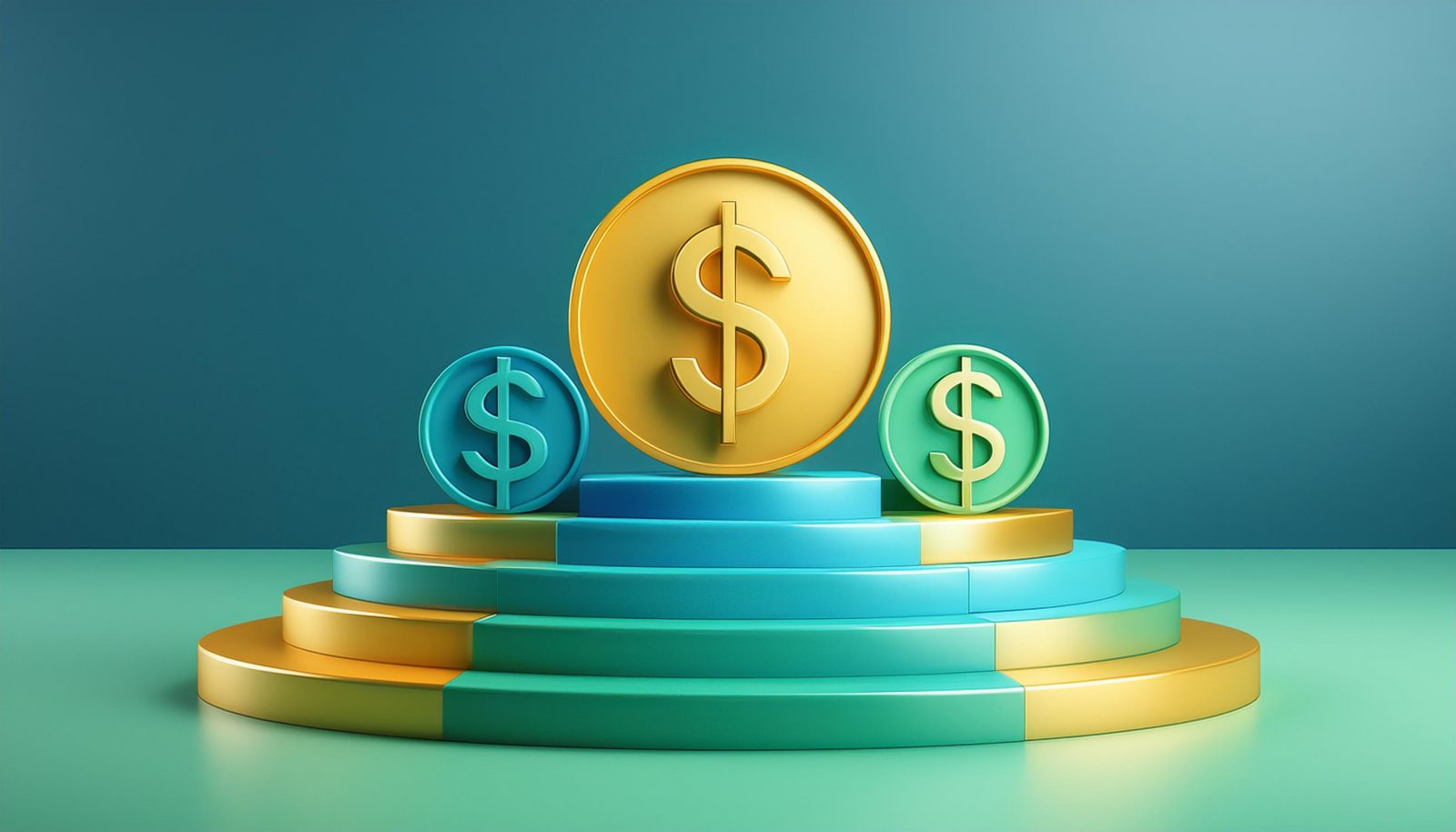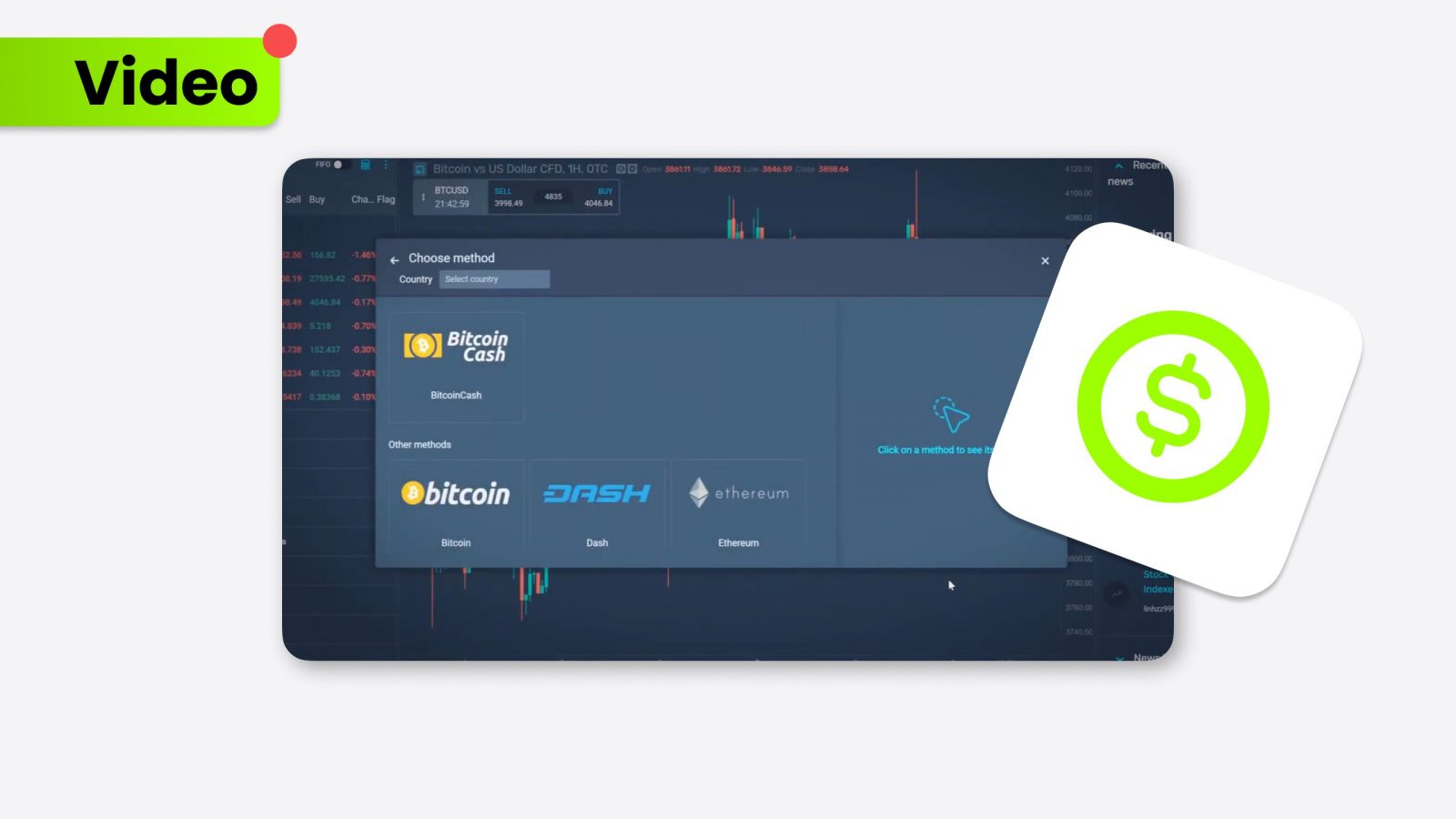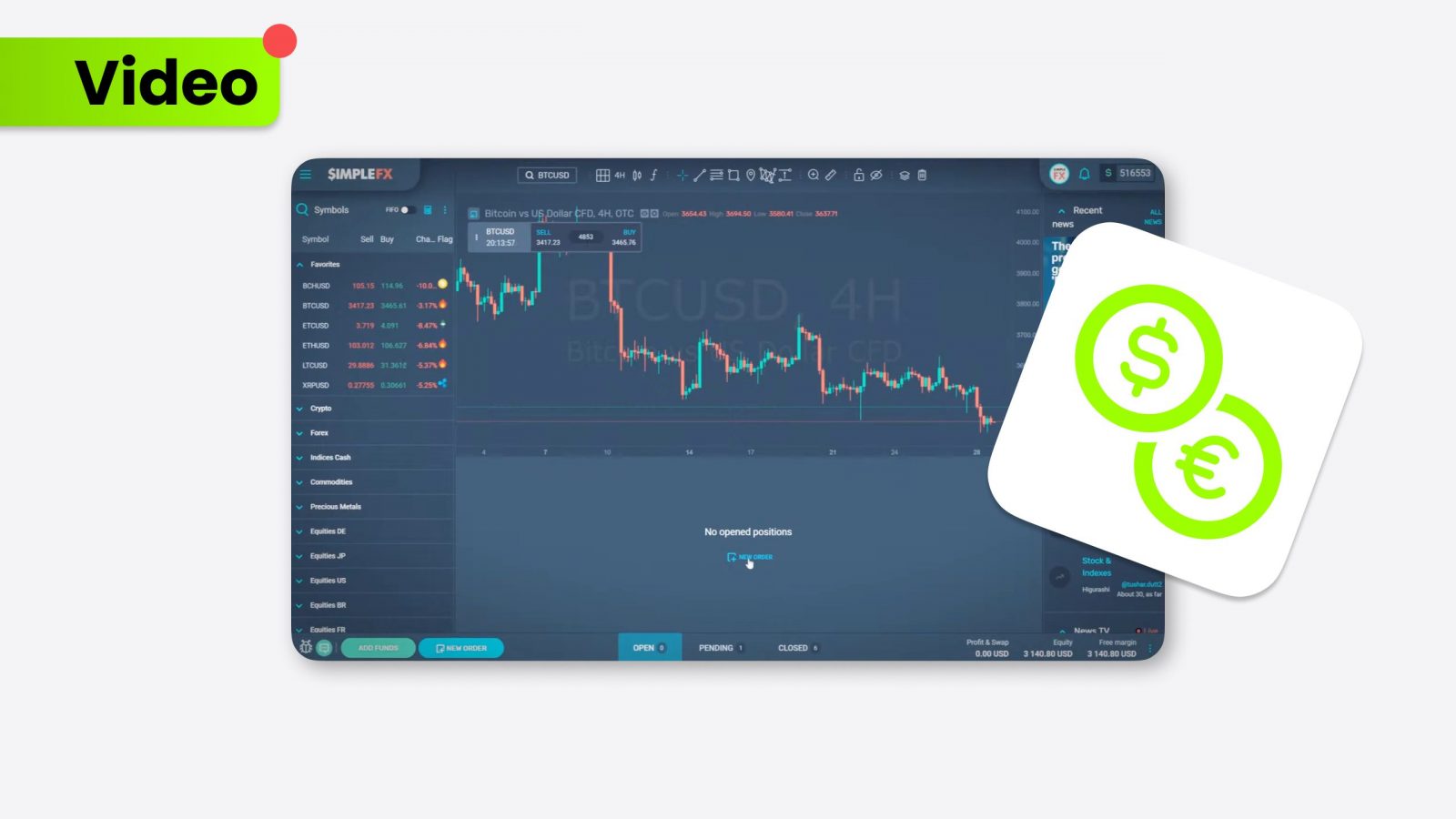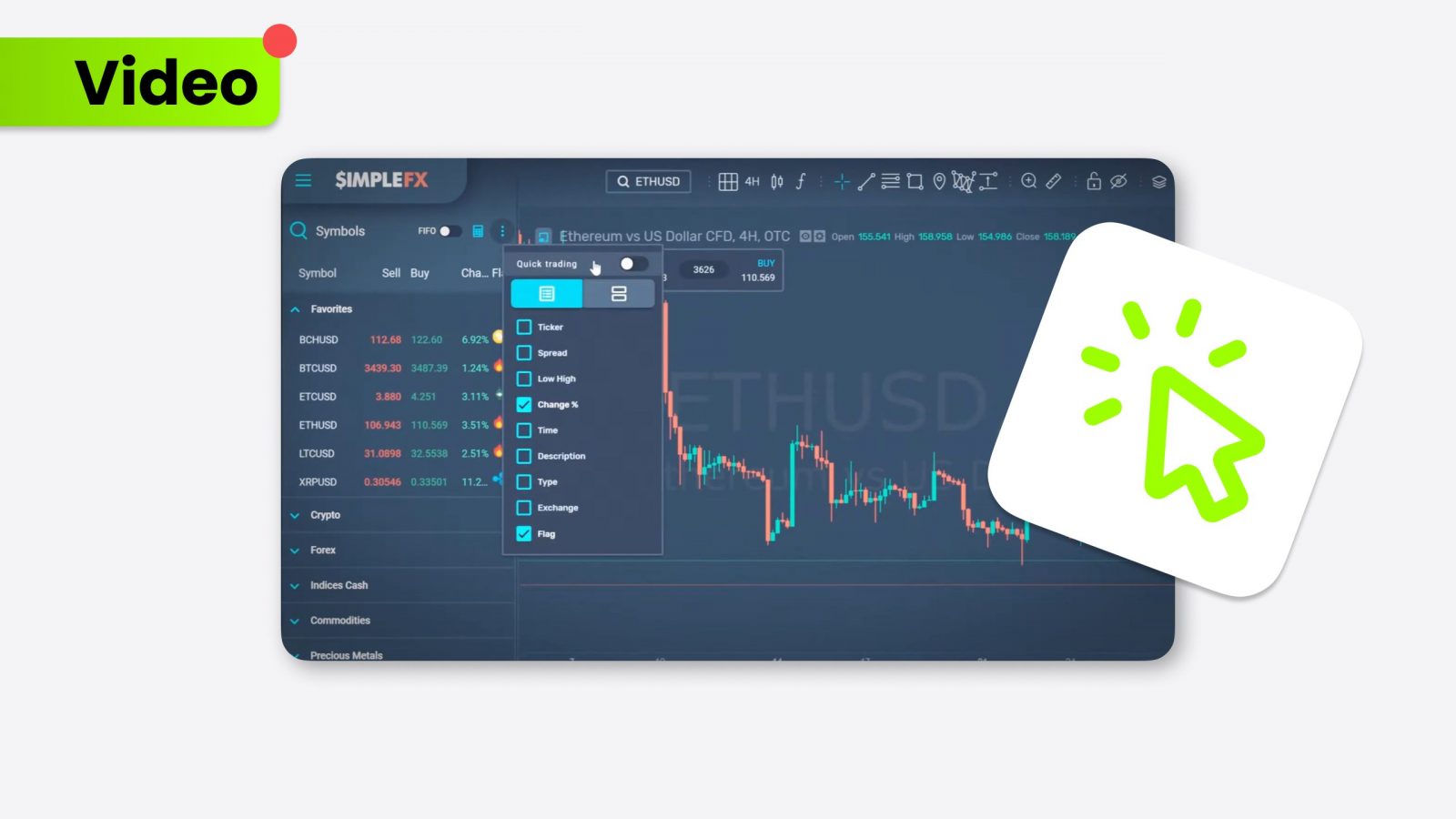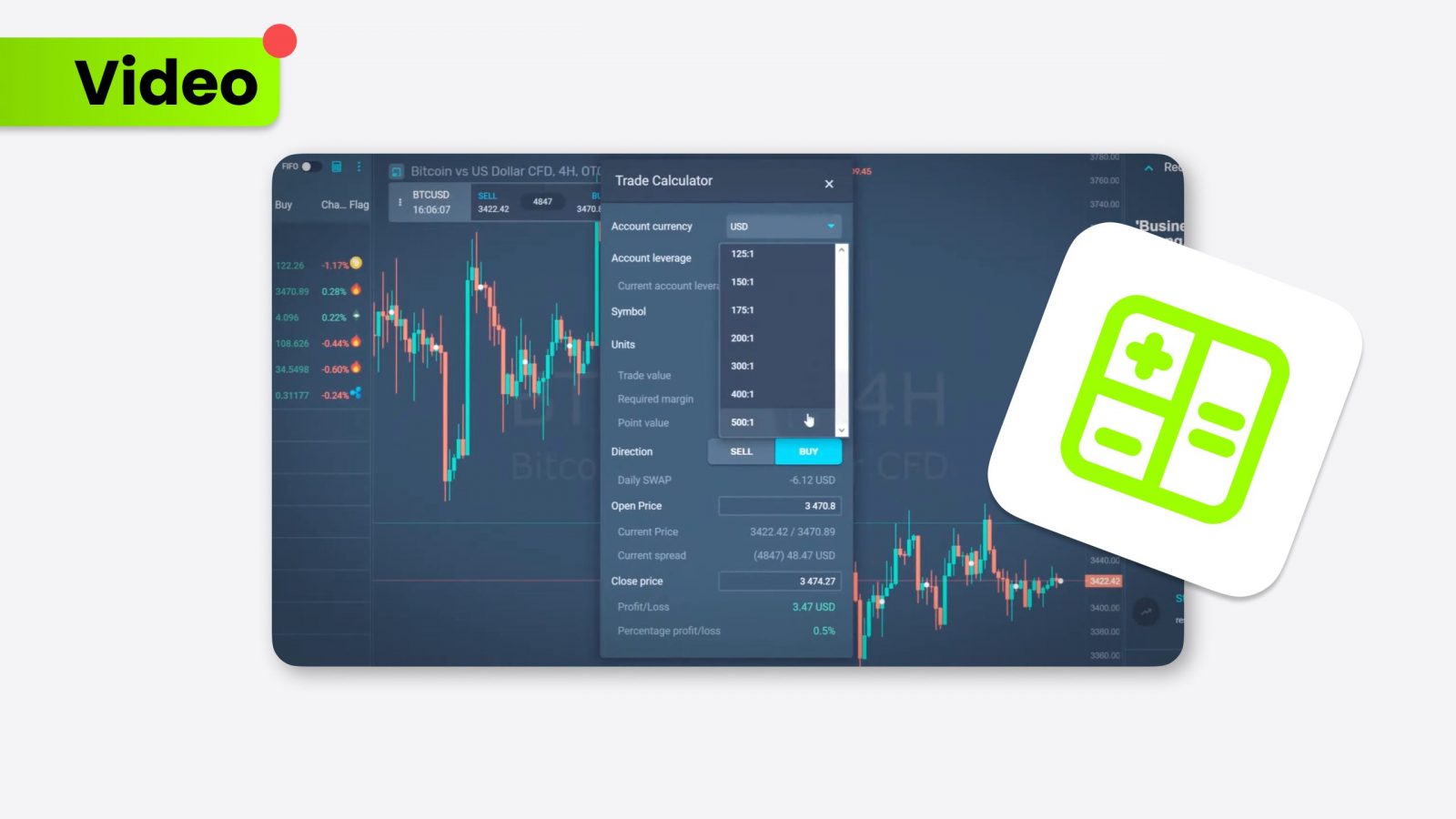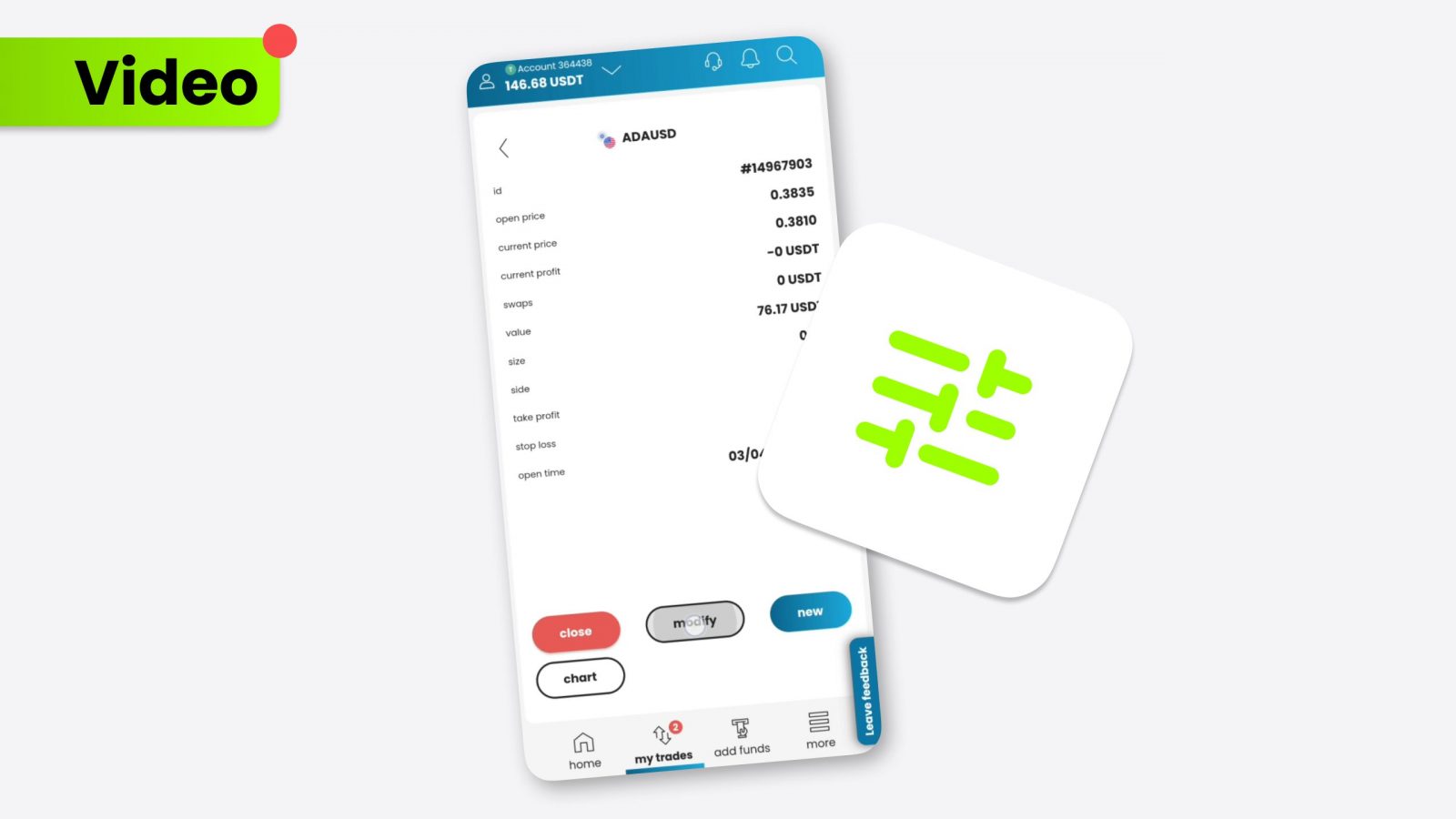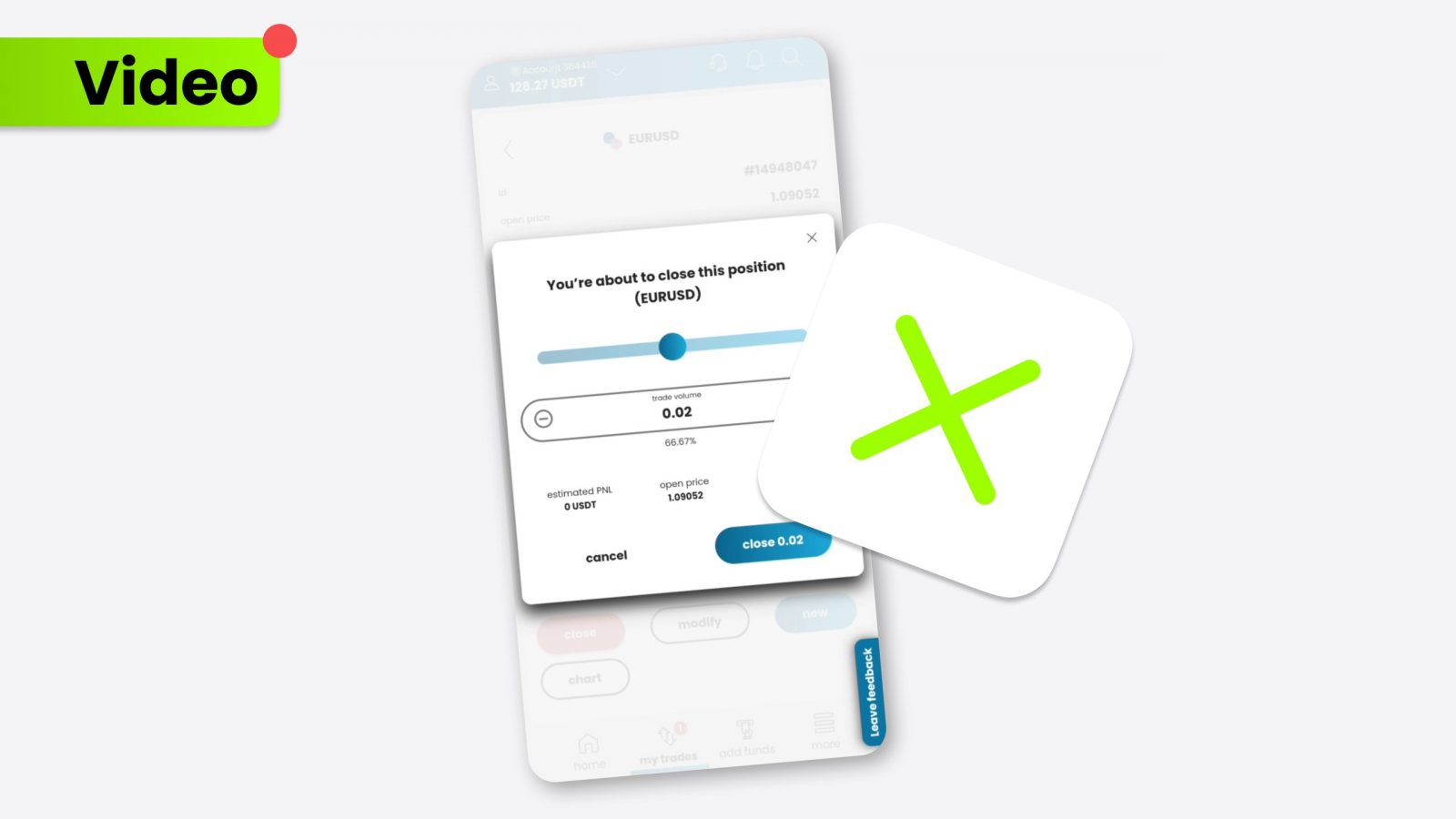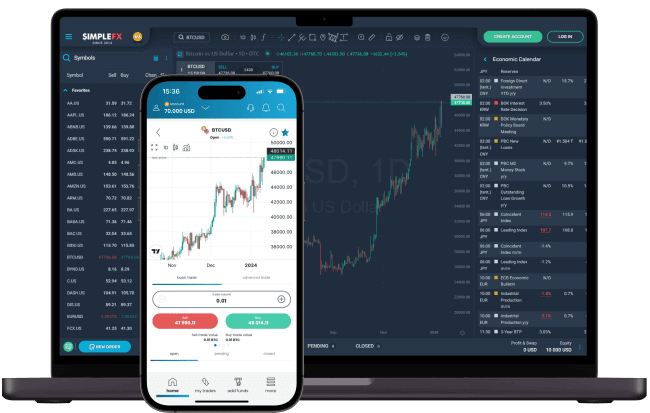Personal income and outlays are critical aspects of national economic performance. They encompass individuals’ earnings from wages, investments, and other sources and their spending patterns.
- Learn how personal income contributes to national income and GDP.
- Understand the importance of outlays in influencing inflation and consumer spending.
- Discover how personal income affects taxation and government revenue.
Personal income and national income
Personal income is an individuals’ total income from various sources, such as wages, investments, and business profits. This income is a key contributor to national income, as personal income reflects the economic capacity of the population and influences consumer spending patterns. High personal income levels often signal a growing economy, while declining income can indicate economic challenges.
By examining personal income trends, analysts can identify shifts in the CPI (Consumer Price Index) and potential adjustments to interest rates by the FED. The interplay between personal income and GDP also helps economists understand broader economic activity and national wealth.
Personal income and outlays
Personal income and outlays, also known as personal expenditures, refer to the relationship between how much individuals earn and how much they spend. Outlays are essential for measuring consumer demand, a major economic growth driver. If personal income rises, outlays often increase as consumers have more discretionary spending power. This, in turn, can lead to inflationary pressures as increased demand pushes up prices.
Policymakers at the FED closely monitor personal outlays when deciding on monetary policy measures, including interest rate adjustments, to balance inflation and economic growth. Additionally, indicators like the NFP (Non-Farm Payroll) report offer insights into employment trends, which affect personal income levels and spending patterns. Changes in consumer behavior can also directly affect the strength of the U.S. Dollar and its purchasing power in global markets.
What is personal income tax?
Governments impose a Personal Income Tax on individuals’ earnings from wages, investments, and other income sources. It serves as a primary source of revenue for governments, funding public services and national programs. The personal income tax level can influence consumer behavior and overall economic growth. High tax rates may reduce disposable income, limiting consumer spending and economic expansion, while lower taxes can encourage spending and stimulate the economy. Personal income tax is also a significant factor in government policy, affecting inflation rates, GDP, and the nation’s economic health.
Personal income: Conclusion
Personal income and outlays are critical indicators of a nation’s economic well-being, influencing everything from inflation and GDP growth to government revenues and consumer behavior. Monitoring personal income trends helps economists predict broader economic changes and craft effective monetary policies. The relationship between income, outlays, and taxation remains fundamental to understanding the complexities of national and global economies.

